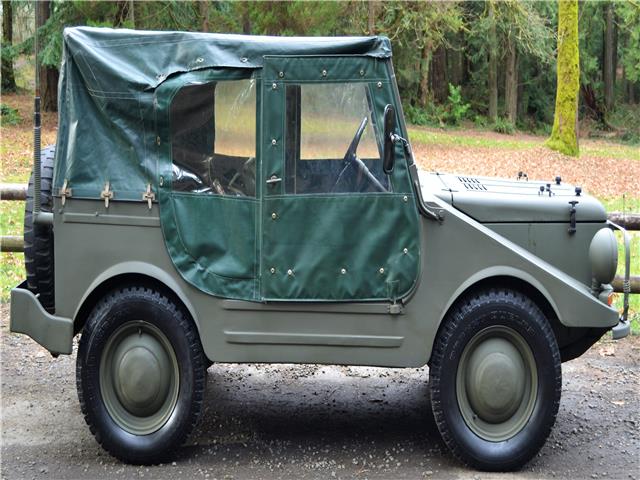While legend has it that Audi popularized all-wheel drive with the Quattro, it would not have been the case were it not for the 1970s Volkswagen Iltis – a military vehicle that utilized a normal Audi 100’s underpinnings to create an all-wheel drive vehicle with lockable differentials which easily outpaced Audi’s normal production line cars in inclement conditions. It was this story which sprung the idea for the Quattro to be created, but the Iltis itself had inspiration drawn heavily from another car – the DKW Munga. As Auto Union struggled to re-establish itself post-War under first the leadership of Mercedes-Benz and later Volkswagen, the company’s diminutive DKW brand led the way with economical, smart designs. One of those designs was the paradoxically-named 3=6 model, which had a .9 liter 2-stroke inline-3. Produced in Düsseldorf, DKW helped to keep the Auto Union’s name alive in the early 1950s. Part of that rebuilding included new Auto Union facilities in Ingolstadt, and one of the first production vehicles to make it out of there was the Manga. German for Mehrzweck UNiversal Geländewagen mit Allradantrie (basically, go anywhere all-wheel drive vehicle), the Manga utilized F91 (3=6) underpinnings mated with new all-wheel drive capability. Up front, the four rings of the Auto Union reappeared proudly on the roughly 47,000 models produced between 1956 and 1968 – a full decade prior to Iltis production:

